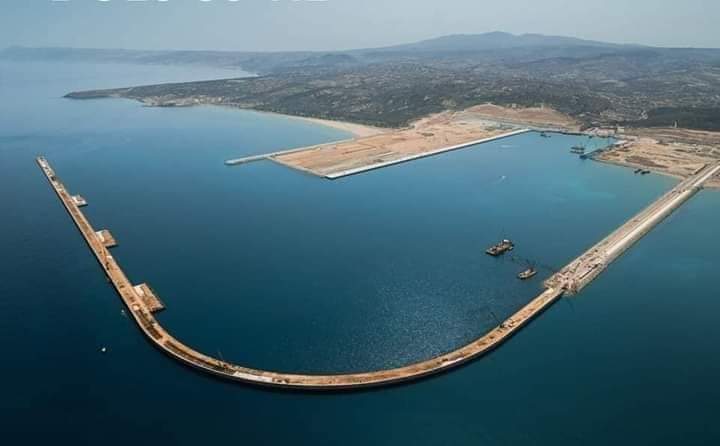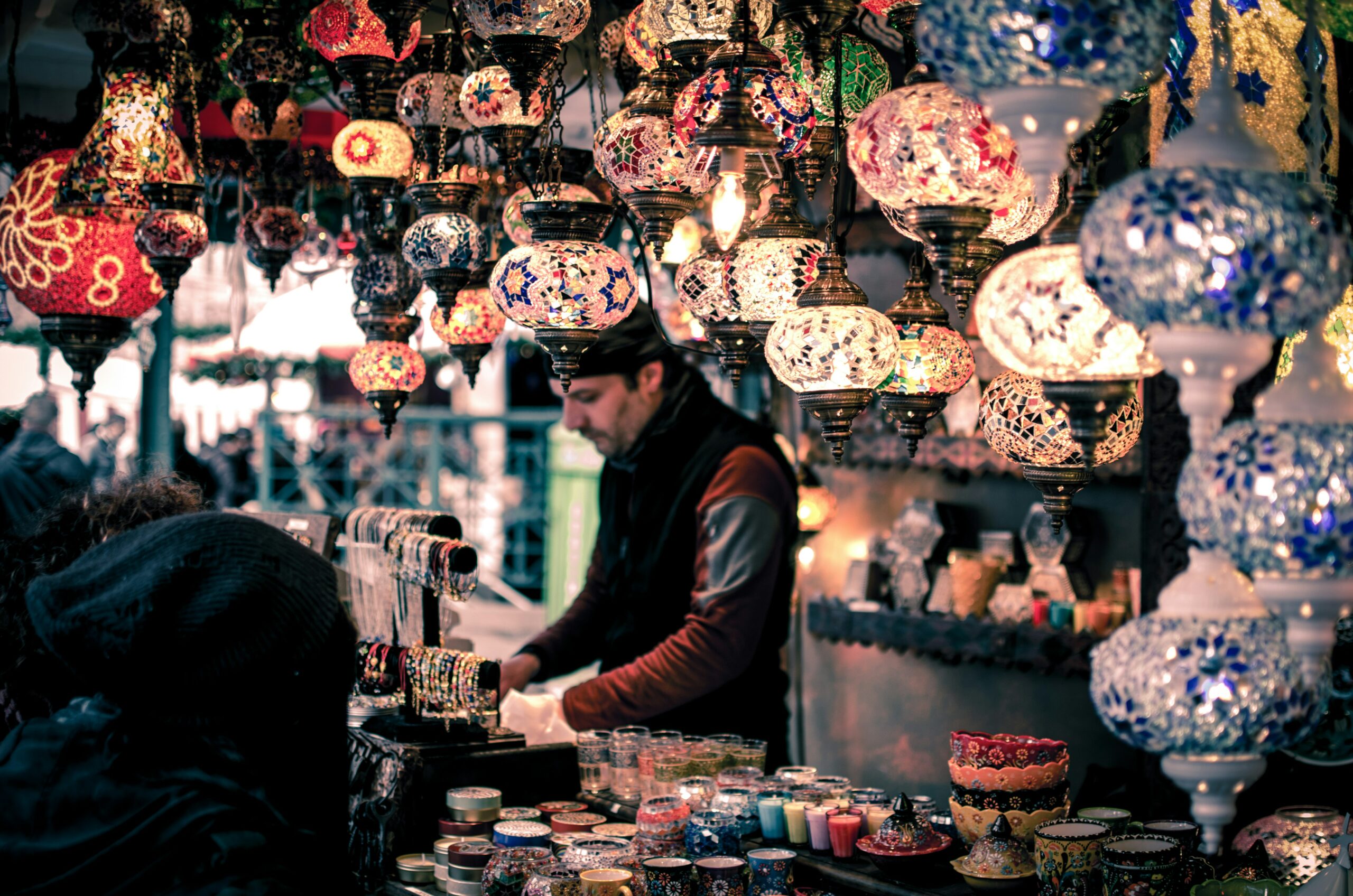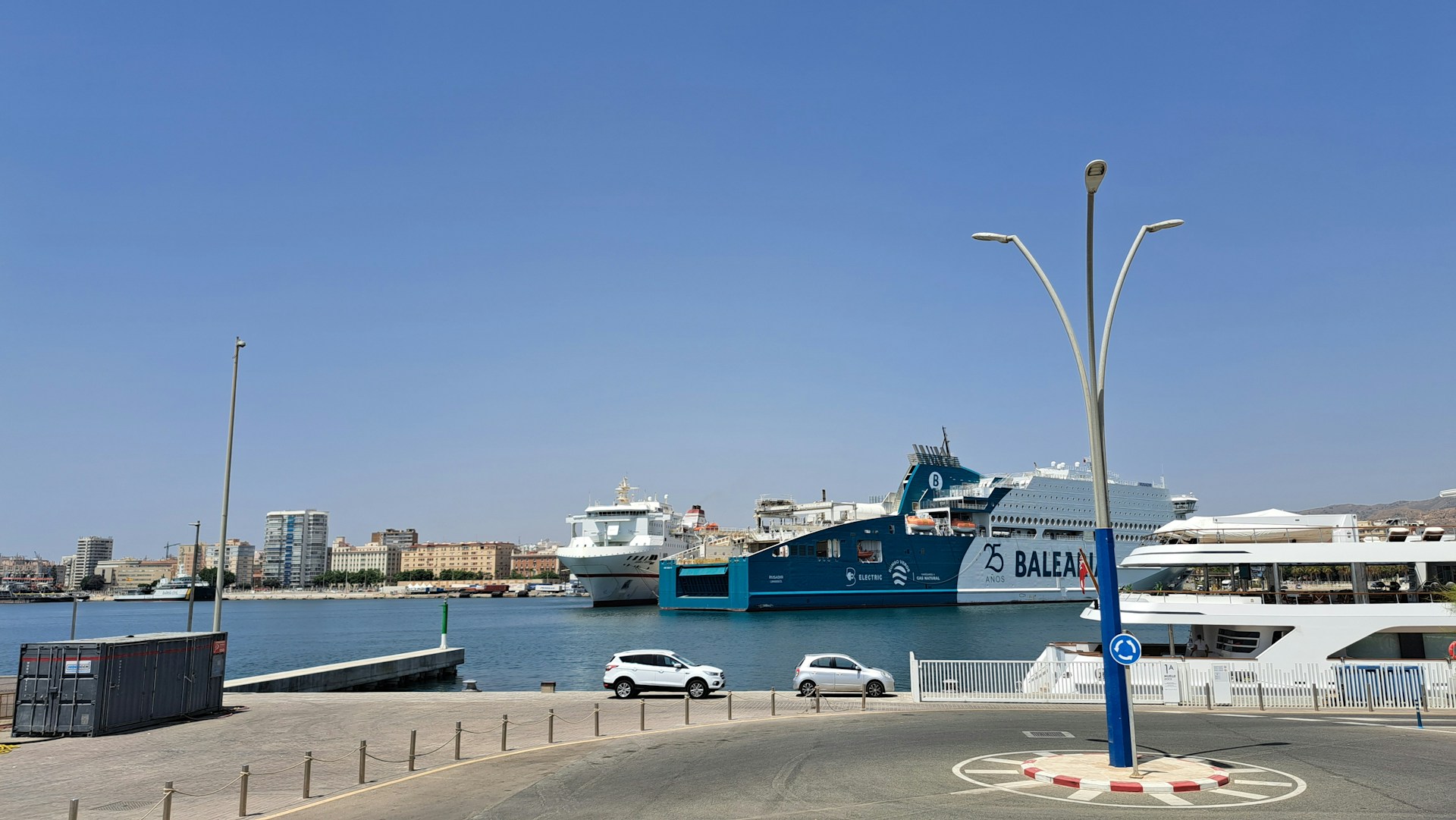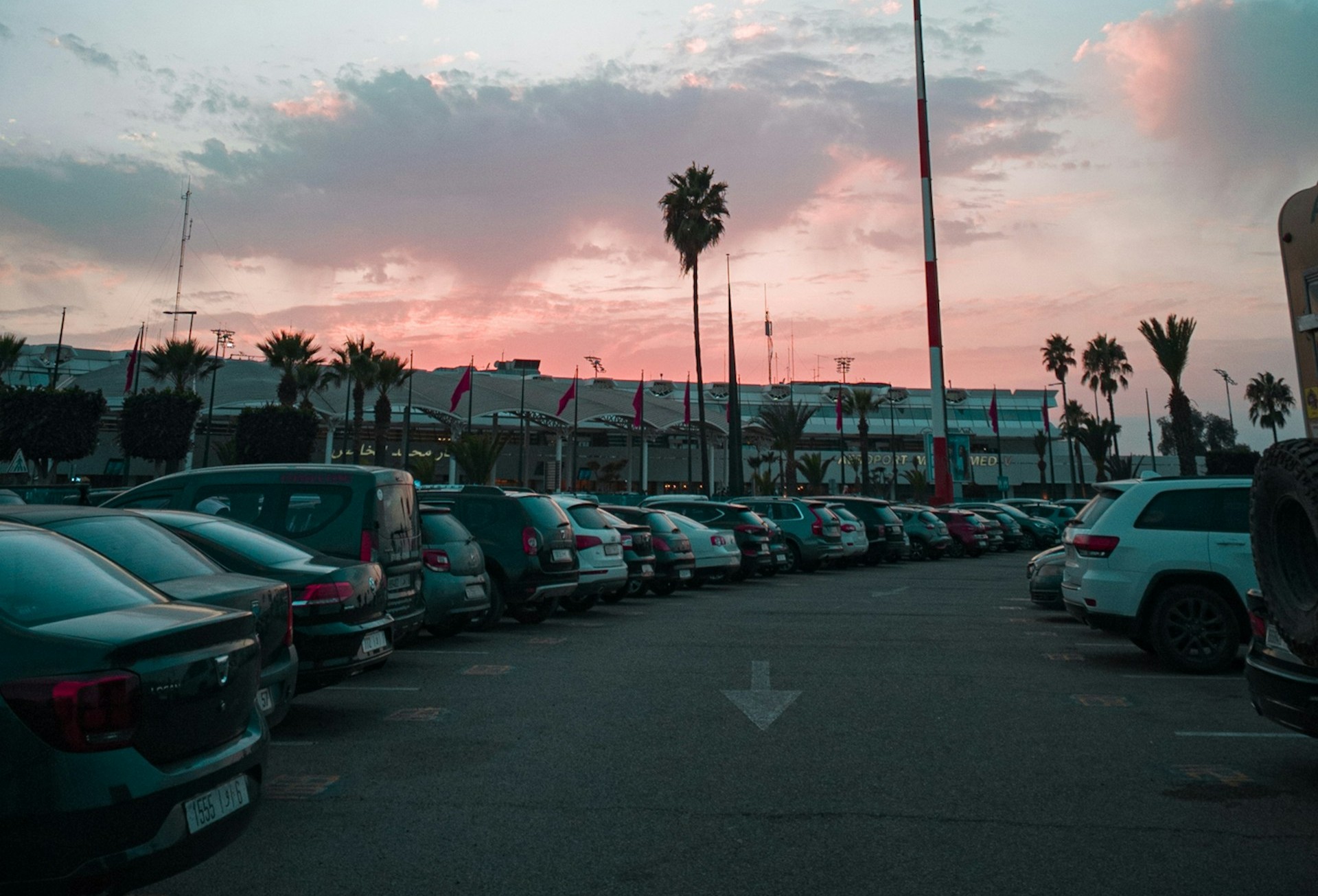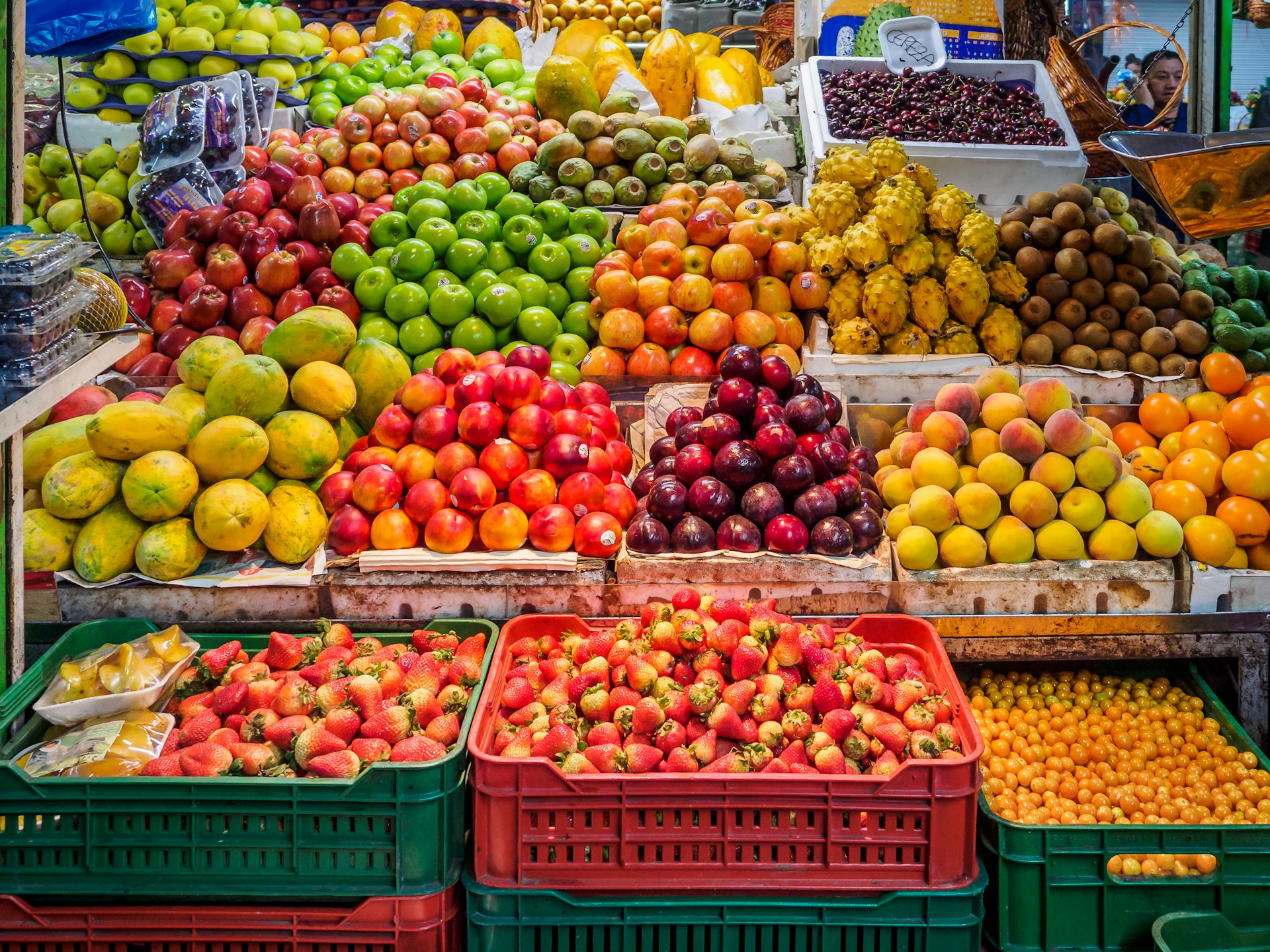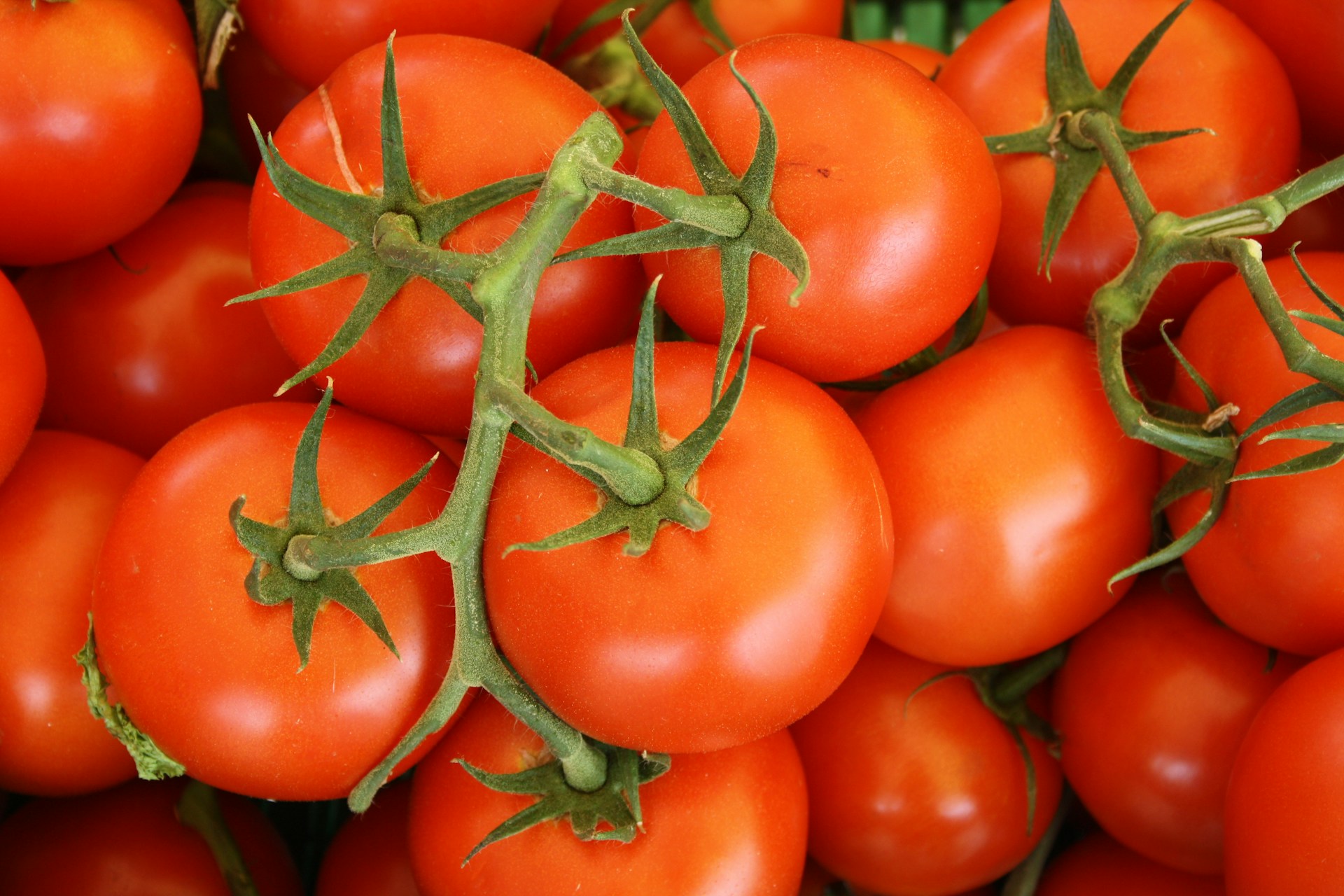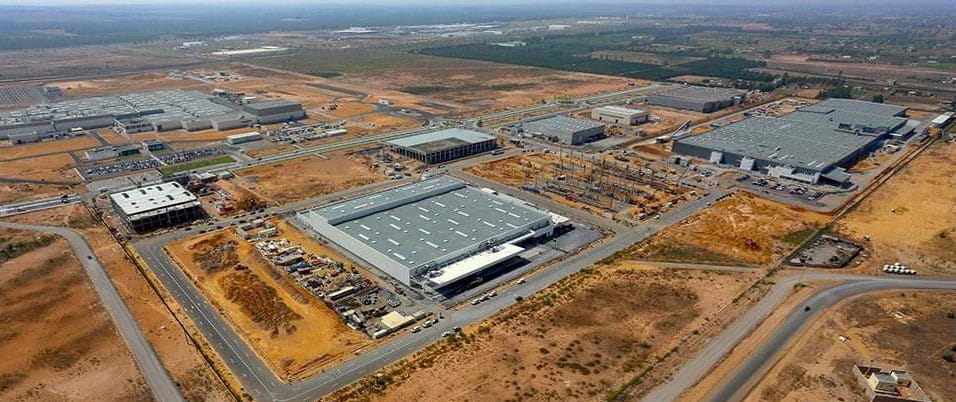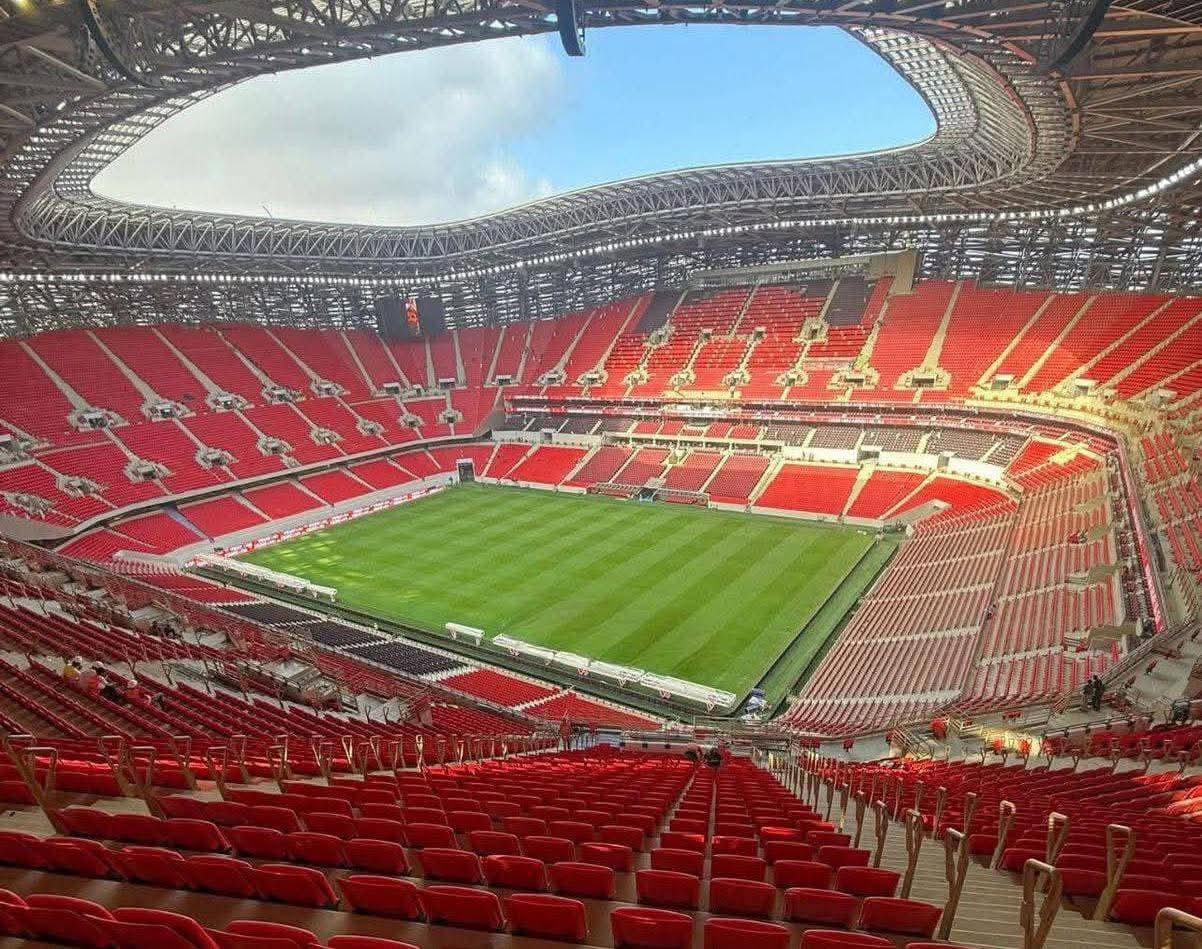Casablanca – Morocco’s tourism sector has achieved historic performance in 2025, confirming its position as one of the country’s main engines of economic growth. In a parliamentary intervention on Monday, Fatima Zahra Amour, Minister of Tourism, Handicrafts, and the Social and Solidarity Economy, announced that the Kingdom welcomed 15 million visitors by the end of September 2025 — an increase of 14% compared to the same period in 2024.
Tourism revenues have also reached unprecedented levels. By the end of August, the sector generated $9 billion in foreign currency earnings, representing a similar 14% year-on-year increase. These results highlight the sector’s robust recovery and the effectiveness of Morocco’s long-term strategy to modernize its tourism offering and attract diverse international markets.
A strong recovery supported by strategic reforms
Minister Amour emphasized that this performance is the result of the effective implementation of Morocco’s national tourism roadmap, launched to position the Kingdom among the world’s top destinations while ensuring balanced regional development. The roadmap has focused on three key pillars: strengthening air connectivity, expanding promotional campaigns in global markets, and enhancing the overall visitor experience.
The government has worked to secure new air routes linking Moroccan cities to major European, American, and Middle Eastern destinations. This expanded connectivity has been instrumental in attracting both returning visitors and new segments of travelers, particularly from emerging markets in Asia and the Gulf region.
Meanwhile, international marketing campaigns have been intensified, presenting Morocco not only as a cultural destination but also as a land of diverse experiences — from desert adventures and mountain trekking to seaside relaxation and luxury urban tourism.
New vision for a diversified tourism offering
To sustain this upward trend, the tourism roadmap introduced a customer-centric model that redefines how Morocco designs and promotes its tourism products. The new approach is structured around nine thematic tourism chains and five cross-cutting ones, ensuring that every type of traveler — cultural, adventure, leisure, or wellness-oriented — finds tailored experiences throughout the country.
Each of Morocco’s twelve regions has been encouraged to capitalize on its unique assets, from historical heritage and gastronomy to nature and ecotourism. According to the minister, this regional diversification aims to make tourism a true driver of local development, generating jobs and income beyond the traditional hubs of Marrakech, Agadir, and Casablanca.
Investment programs driving expansion
To accompany the sector’s transformation, the Ministry of Tourism has launched several innovative financing programs to stimulate private investment and upgrade tourism infrastructure.
Among the flagship initiatives is “CAP Hospitality”, a financing mechanism designed to accelerate the renovation of classified accommodation facilities. The program provides interest-free loans fully covered by the government, targeting investments between $310,000 and $10.3 million. The repayment period extends over 12 years, with a two-year grace period, and 91 projects have already benefited from the scheme.
Another major initiative is “GO SIYAHA”, a program dedicated to leisure and entertainment projects with a total budget of $74 million. It aims to support 1,700 tourism enterprises by 2026, financing up to 40% of project costs. The program focuses on leisure development, mixed accommodation projects, and the modernization of existing facilities, with strong emphasis on sustainability.
Additional measures include the new Investment Charter, which provides up to 30% state support for tourism projects, and the Mohammed VI Investment Fund, which has dedicated a special window to the sector. To attract more investors, the ministry has also launched a digital project bank platform, listing more than 200 model tourism projects across Morocco’s regions.
Focus on rural and sustainable tourism
Beyond major urban and coastal destinations, the ministry has made rural tourism a priority, recognizing its growing appeal among both Moroccan and international travelers. The roadmap devotes three thematic chains to this segment: nature and outdoor activities, desert and oases, and domestic nature tourism.
Partnerships have been established with airlines to improve accessibility to remote regions known for their natural and cultural richness. In parallel, the ministry continues to invest in human capital, particularly through training and certification programs for nature and rural guides, as well as new vocational tracks dedicated to rural tourism within technical institutes.
A dedicated program to enhance 16 rural tourist villages has also been launched, with a total investment of $19.4 million. This initiative aims to upgrade infrastructure, promote local craftsmanship, and improve service quality, ensuring that rural areas benefit from the national tourism boom.
Tourism as a pillar of sustainable development
Morocco’s record-breaking performance in 2025 marks a turning point for the country’s tourism sector. The government’s comprehensive strategy — combining investment incentives, regional diversification, and sustainability goals — has positioned the Kingdom as a resilient and forward-looking destination.
By maintaining this pace, Morocco is on track to exceed its 2026 targets and further strengthen tourism’s role as a pillar of sustainable economic and social development, benefiting all regions of the country and reaffirming its standing as one of Africa’s most dynamic tourism markets.




